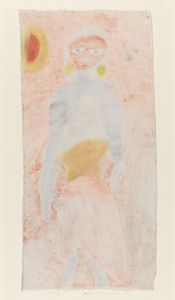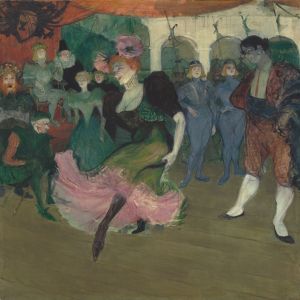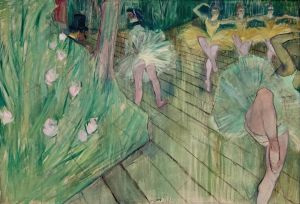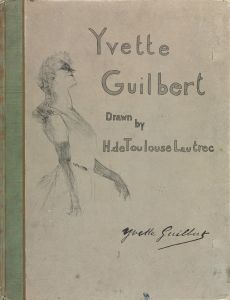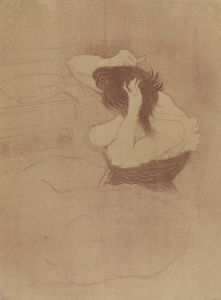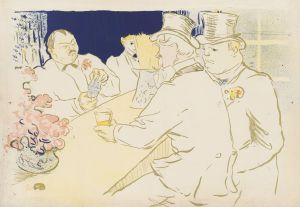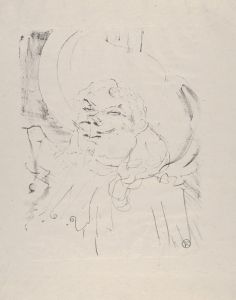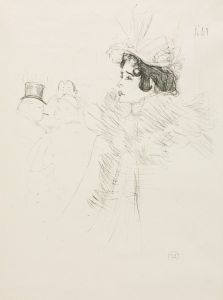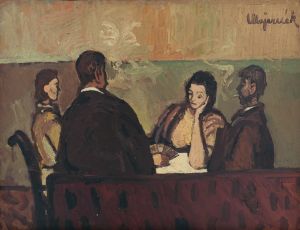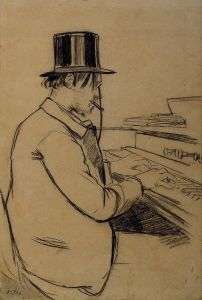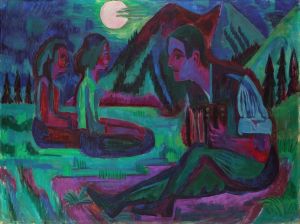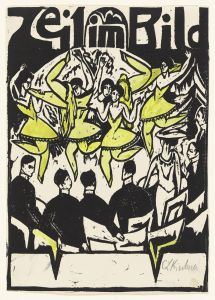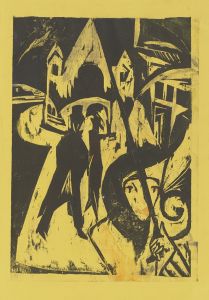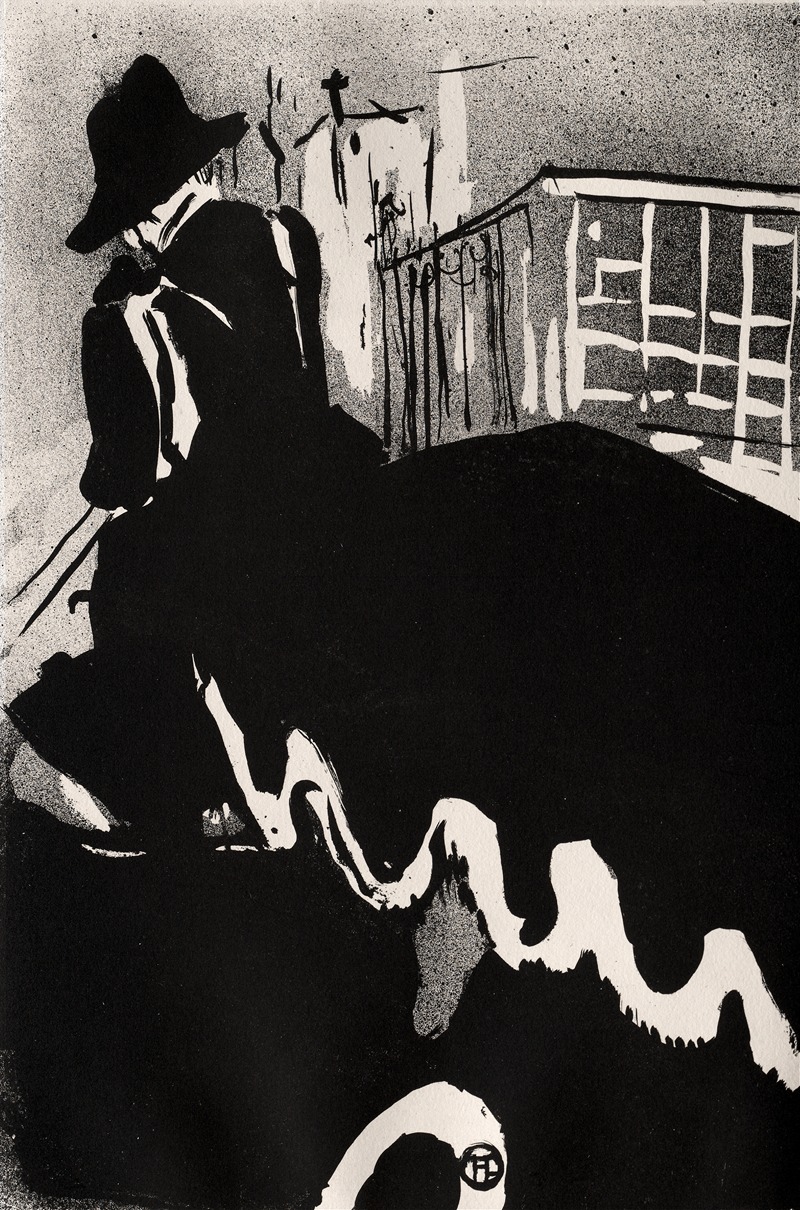
Ultime Ballade
A hand-painted replica of Henri de Toulouse-Lautrec’s masterpiece Ultime Ballade, meticulously crafted by professional artists to capture the true essence of the original. Each piece is created with museum-quality canvas and rare mineral pigments, carefully painted by experienced artists with delicate brushstrokes and rich, layered colors to perfectly recreate the texture of the original artwork. Unlike machine-printed reproductions, this hand-painted version brings the painting to life, infused with the artist’s emotions and skill in every stroke. Whether for personal collection or home decoration, it instantly elevates the artistic atmosphere of any space.
Henri de Toulouse-Lautrec, a prominent French painter, printmaker, and illustrator, is renowned for his depictions of Parisian nightlife in the late 19th century. However, there is no widely recognized painting titled "Ultime Ballade" attributed to Toulouse-Lautrec. It is possible that the title may refer to a lesser-known work, an alternate title, or a misattribution. Toulouse-Lautrec's oeuvre primarily consists of works that capture the vibrant and often bohemian life of Paris, particularly in the Montmartre district.
Toulouse-Lautrec was born on November 24, 1864, in Albi, France, into an aristocratic family. Despite his noble lineage, he became one of the most influential artists of the Post-Impressionist period. His unique style is characterized by its bold use of color, expressive lines, and keen observation of human behavior. Toulouse-Lautrec's work often focused on the theatrical life of Paris, including cabarets, dance halls, and circuses, with the Moulin Rouge being one of his most famous subjects.
His artistic career was marked by his ability to capture the essence of the Belle Époque era, a period of cultural flourishing in France. Toulouse-Lautrec's work is celebrated for its candid portrayal of the people and places of Paris, often highlighting the lives of performers, prostitutes, and other marginalized individuals. His approach was both empathetic and unflinching, providing a window into the complexities of urban life during this time.
Toulouse-Lautrec's technique was influenced by the Impressionists, but he developed a distinctive style that set him apart. He was particularly skilled in lithography, a medium that allowed him to produce posters and prints that were widely circulated. His posters for the Moulin Rouge and other venues are iconic, showcasing his ability to blend art and advertising effectively.
Despite his success, Toulouse-Lautrec's life was marred by personal challenges, including health issues and alcoholism. He suffered from a genetic disorder that stunted his growth and led to physical disabilities. These challenges, however, did not hinder his artistic output. Toulouse-Lautrec continued to work prolifically until his death on September 9, 1901, at the age of 36.
Today, Toulouse-Lautrec's work is celebrated for its innovative style and its contribution to the development of modern art. His paintings, drawings, and prints are housed in major museums around the world, including the Musée d'Orsay in Paris and the Museum of Modern Art in New York. His legacy endures as a testament to his ability to capture the spirit of an era with both sensitivity and insight.
In summary, while "Ultime Ballade" does not appear to be a recognized work by Henri de Toulouse-Lautrec, his contributions to art are well-documented and continue to be appreciated for their historical and cultural significance.





